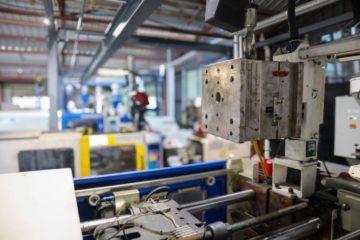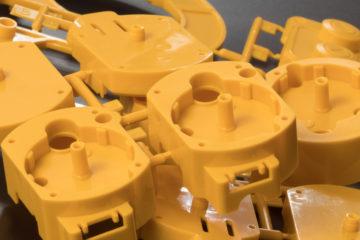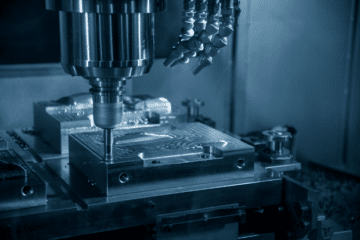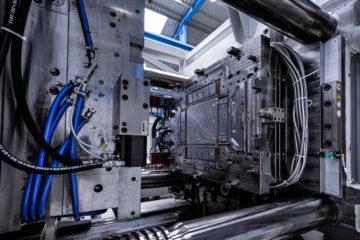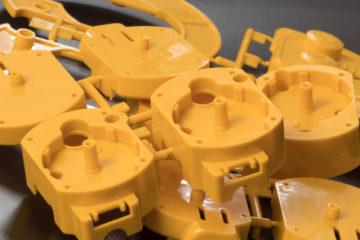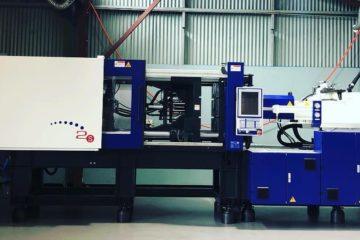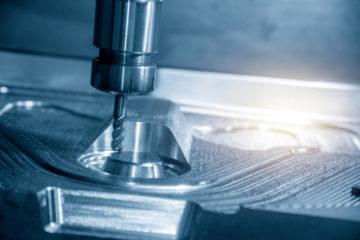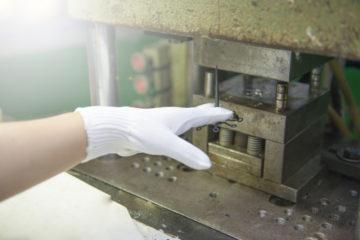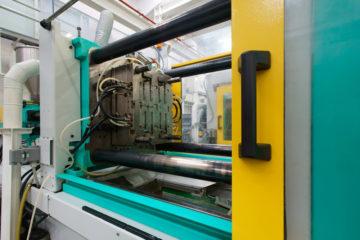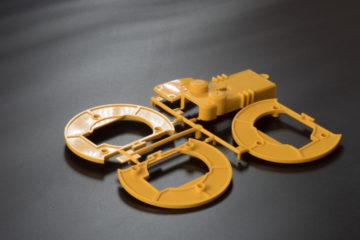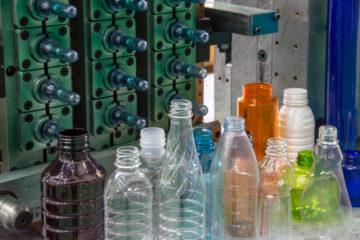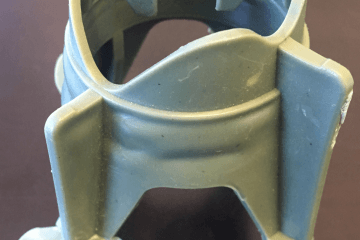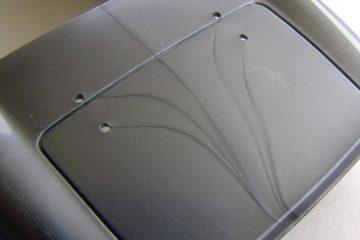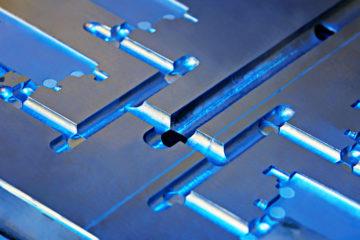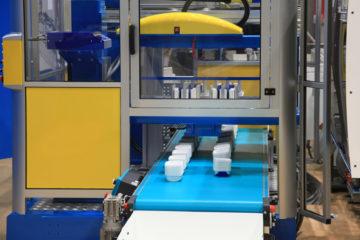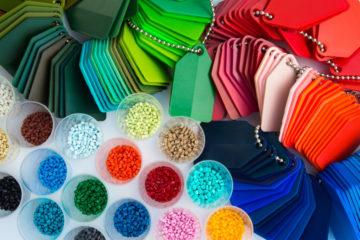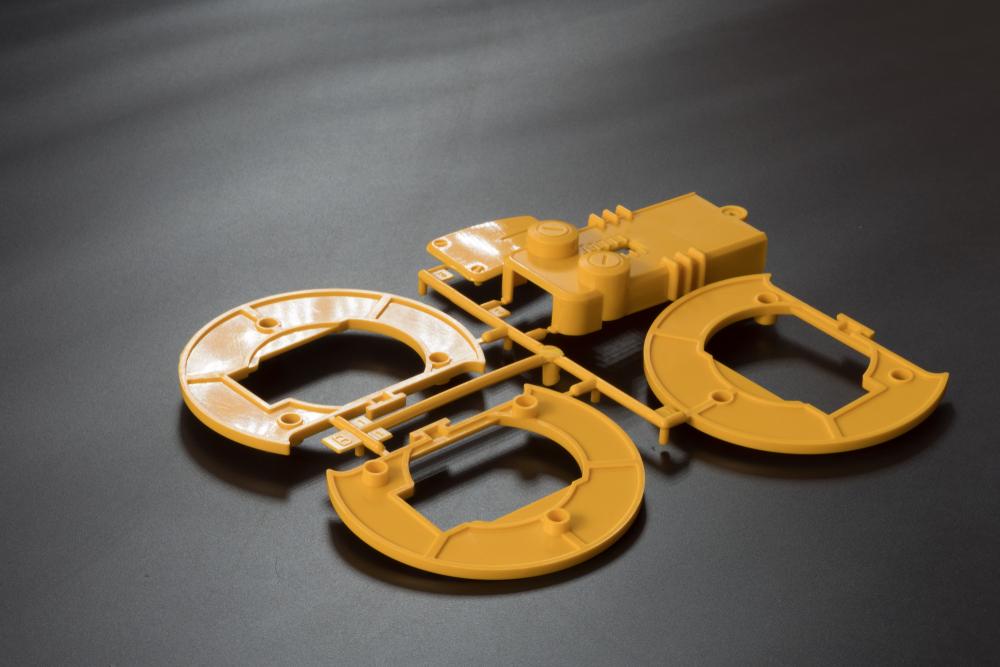
For some, the cosmetic appearance of a part is the last thing on your mind. It might be that the part is being used internally, hidden from view, or the appearance is not a key point of sale for your part or product.
But for many, the cosmetic appearance is of great importance, and something that needs to be considered at every stage of the process.
These are the 3 main considerations when it comes to the cosmetic outcome. Working with your industrial designer and manufacturer can help you overcome any issues that will impact the appearance of your part.
Material
The material you choose has a big impact on the final appearance of your part. Materials have different finishes and react differently to other elements, temperatures, and processes.
It’s important to consult your part designer and manufacturer when choosing your material. Sometimes it’s a process of trial and error in the prototyping phase of your design to find the best material to suit your needs. Your designer will also know the properties of different materials and they can advise on your best option for your desired results.
Make sure that you have a clear understanding of your product before going to your designer as this will help them and yourself in the long run.
Part Geometry
Part geometry takes into consideration both the form and function of the part. When designing a part, there are many variables, like size, shape, and thickness. Not only will the geometry of a part dictate how it will look, but also how it will be manufactured.
The manufacturability of a part means how easily, quickly, and costly it is to manufacture. A good product/industrial designer will work with you to meet your requirements for functionality, but also keep in mind the easiest and most inexpensive way to manufacture the part. This will help to cut down on time and money for you in the long run.
Mould Design
The design of your part mould has a big impact on the finish of your product. If the mould isn’t right, you could end up producing parts with significant cosmetic flaws. When looking at creating a part through injection moulding, you should always take into account the gating, venting, and flow of the mould.
A lot of cosmetic imperfections are due to the entry and flow of the resin into the mould. If there are issues with the entry point (gate) or how the resin flows from one end to the other, it can lead to irregularities, some of which can’t be amended on the end product. These possible deformations in the surface finish of the product include; warping, sinking, bending, compressing, and elongation.
Your product designer will suggest placement of gates and vents (vents let trapped air escape ahead of the resin, stopping air pockets from forming) which will even out the resin flow and create a more uniform and smooth cosmetic finish.
If you’re looking to create a part with a great cosmetic appearance, organise a free consultation with our team of designers today.
Subscribe to Our Newsletter
Get the latest news from Dienamics into your inbox







